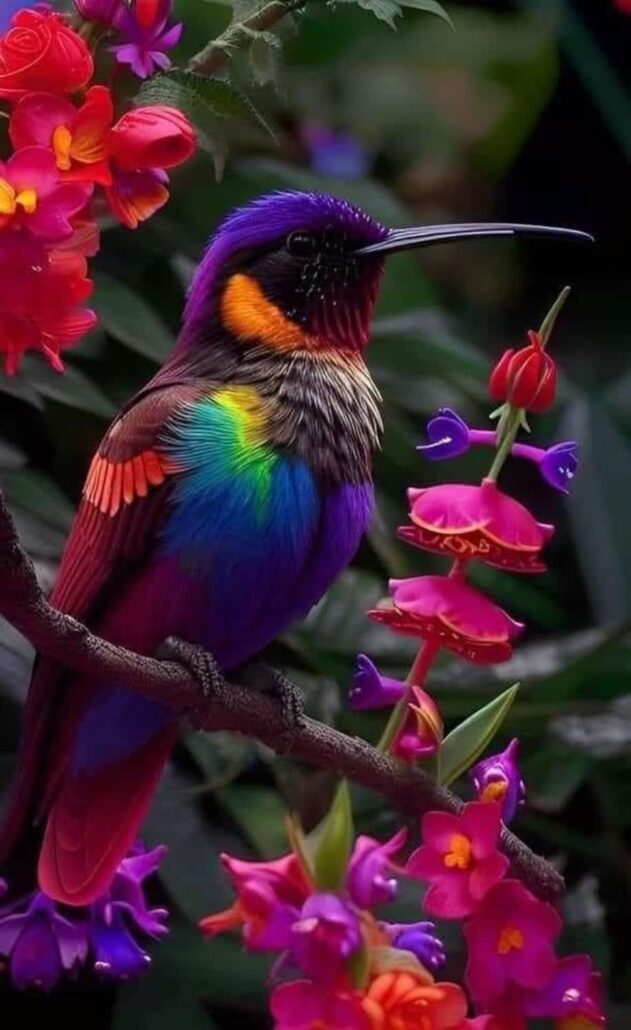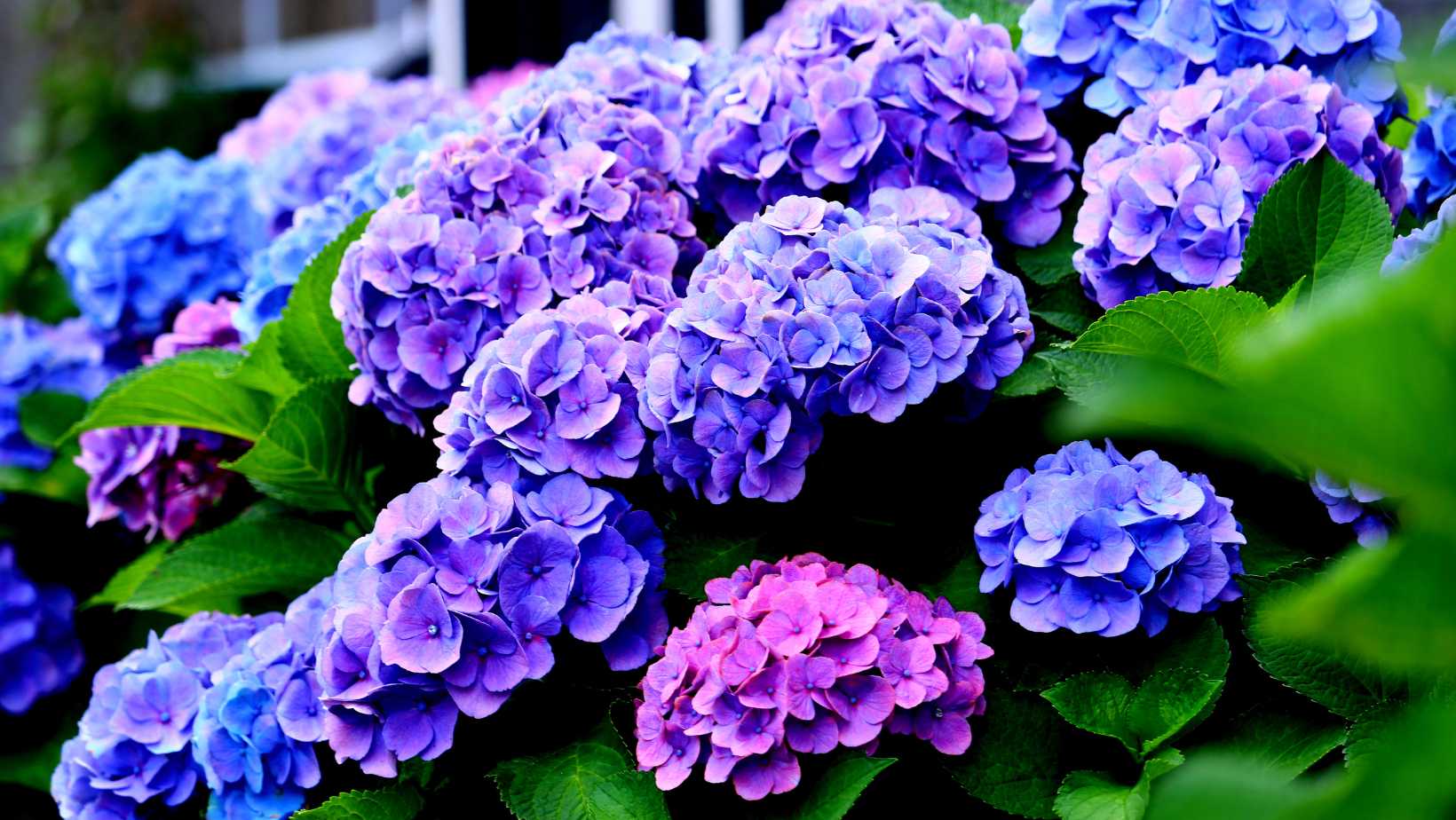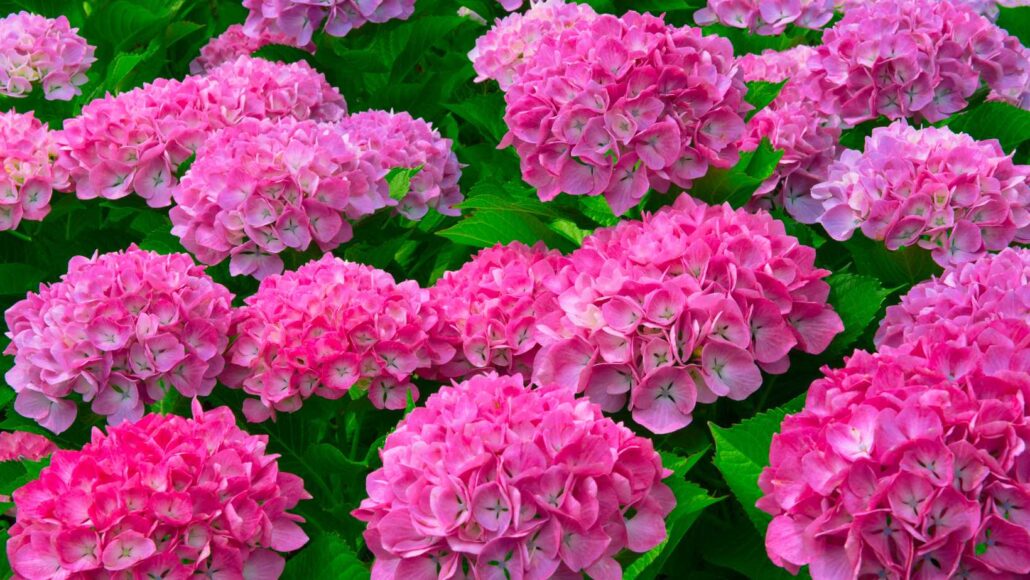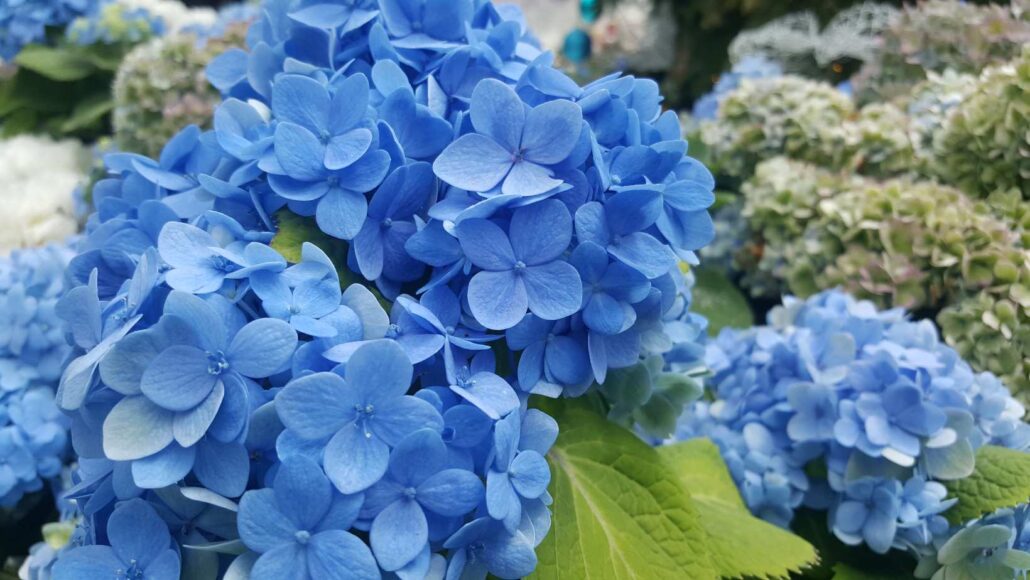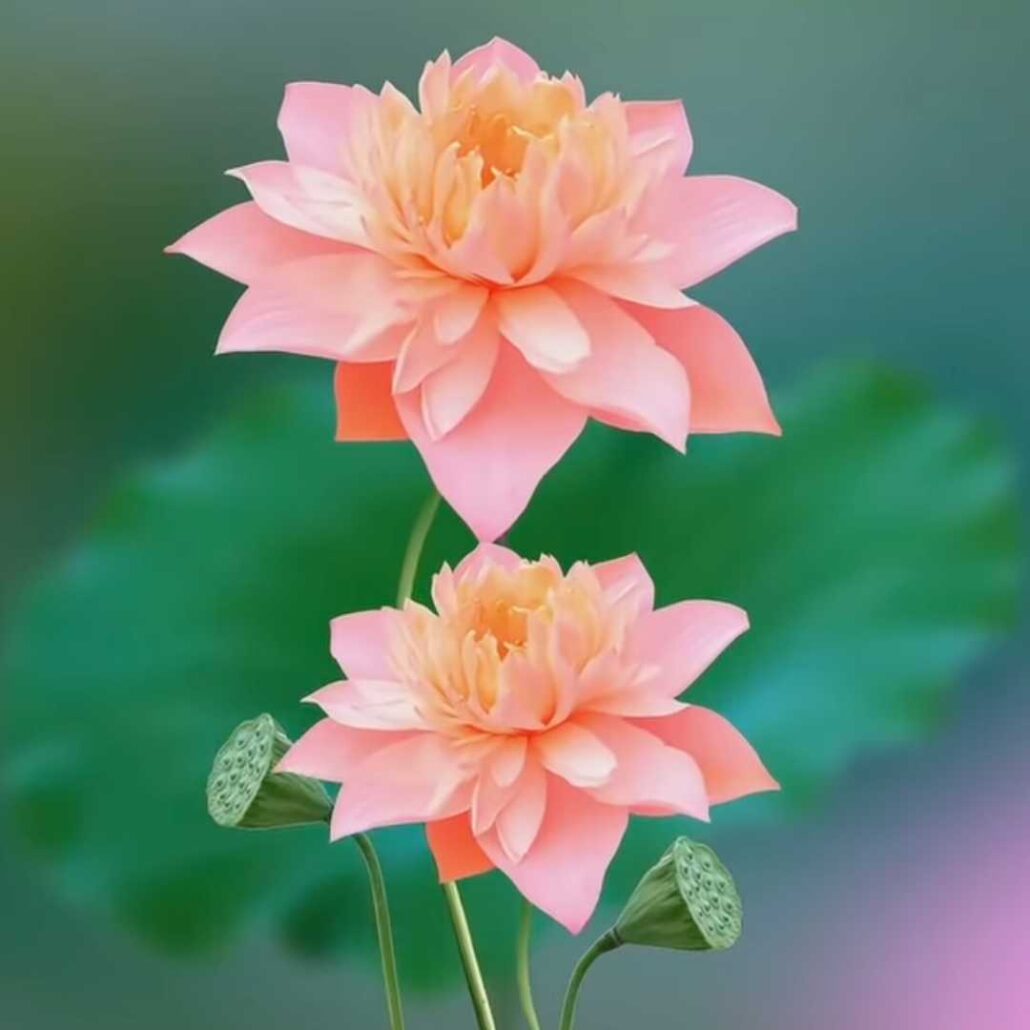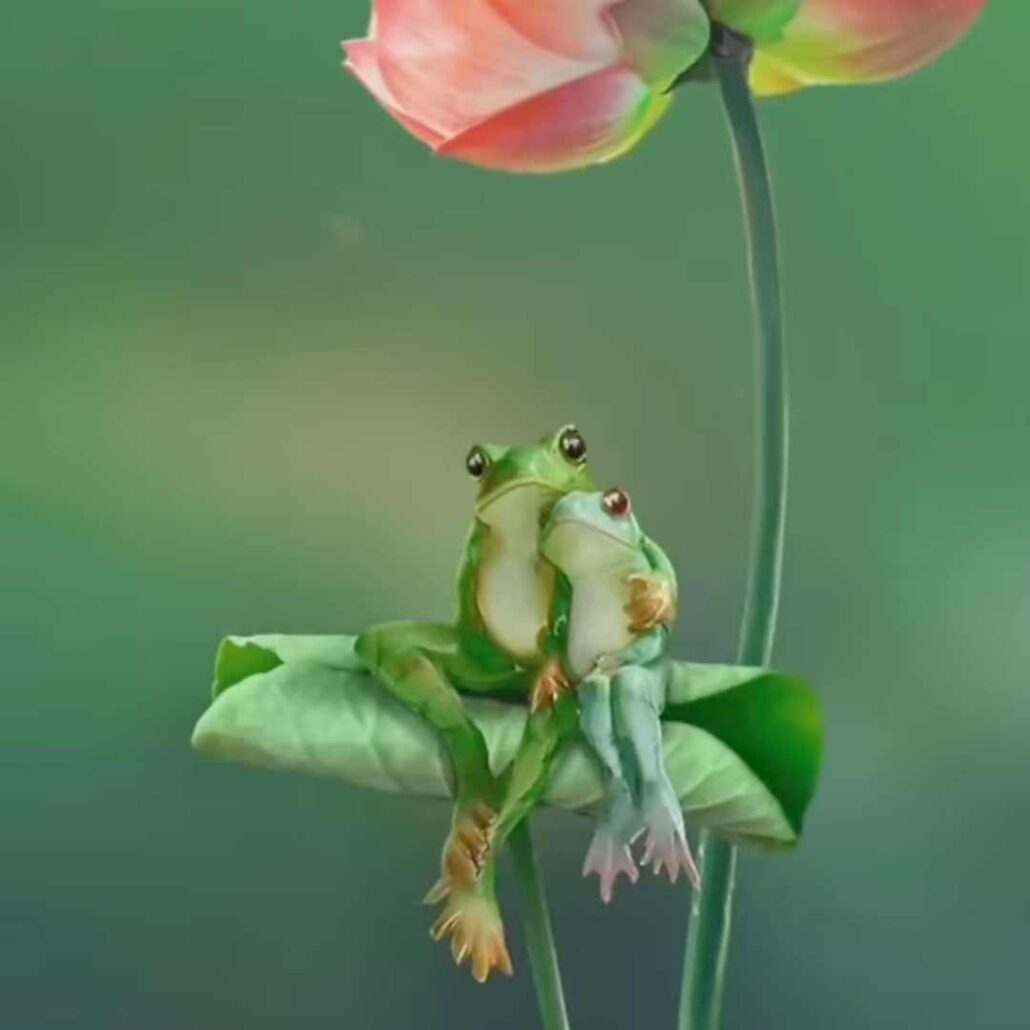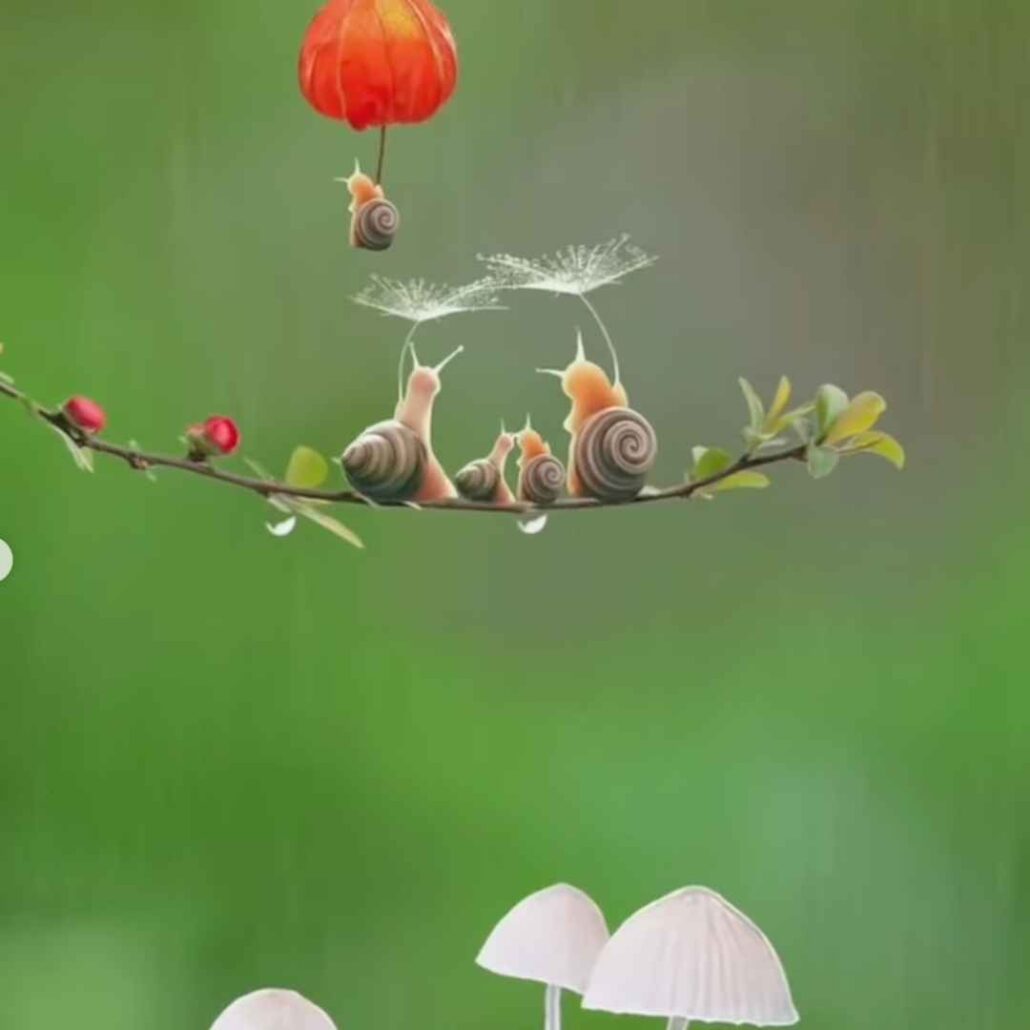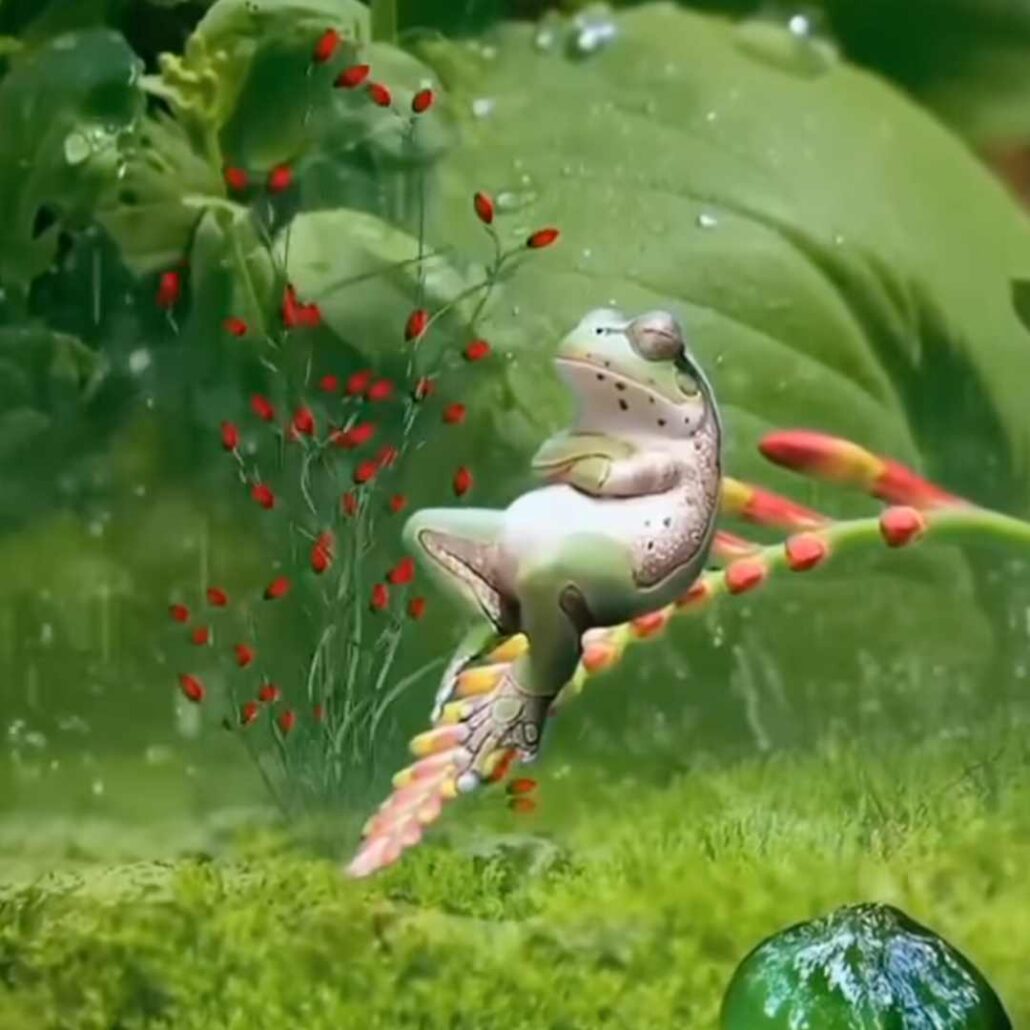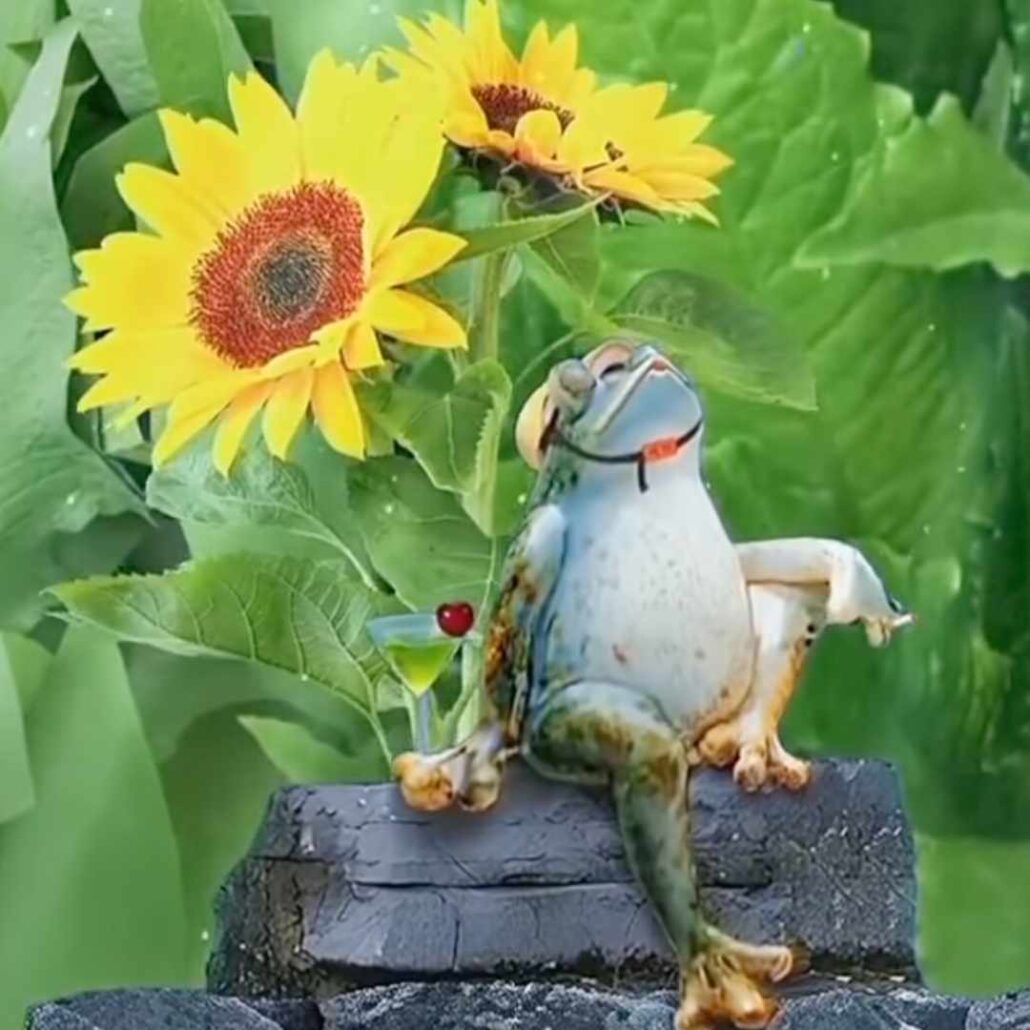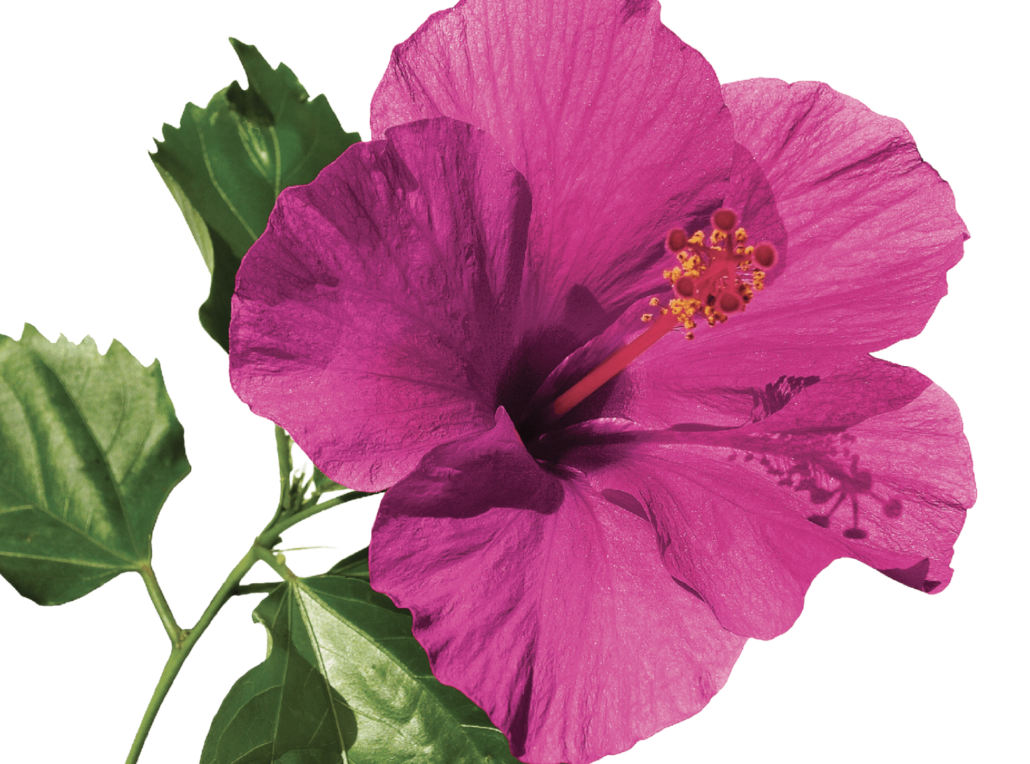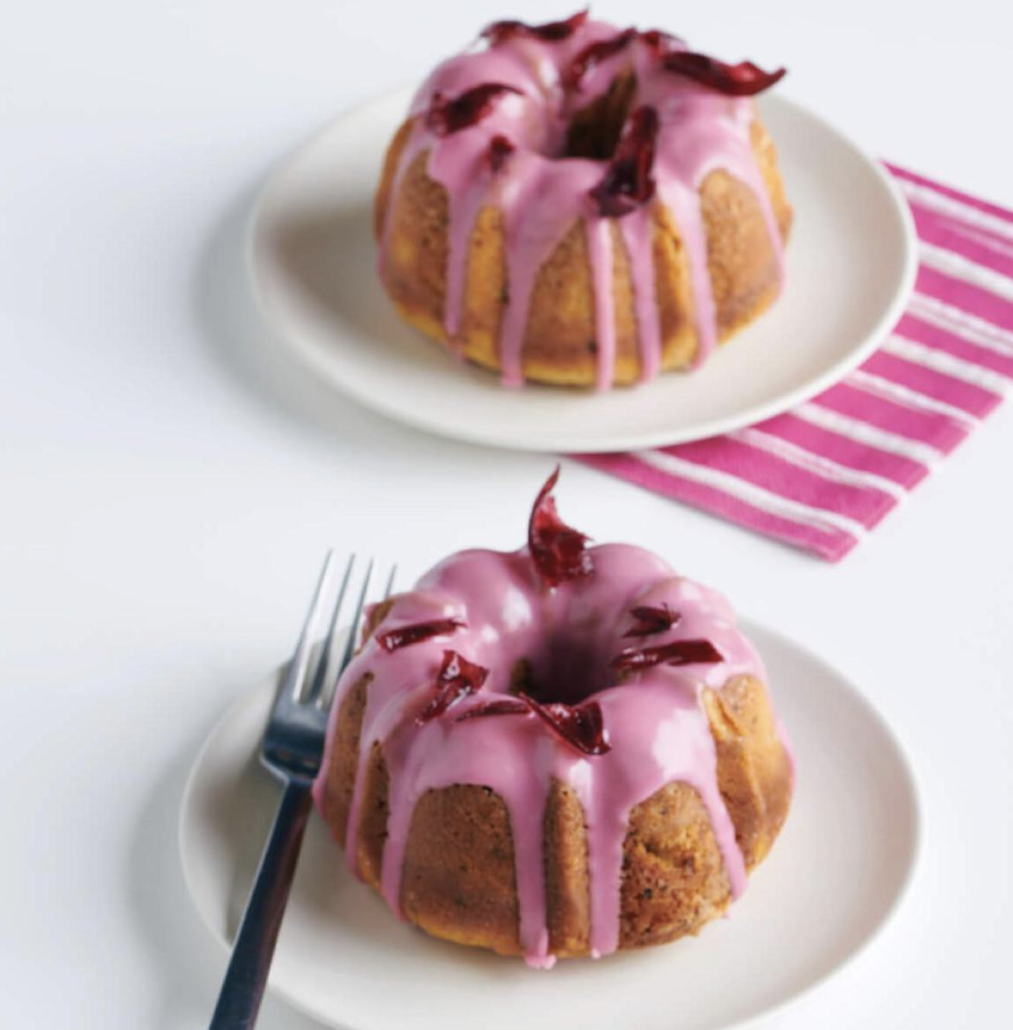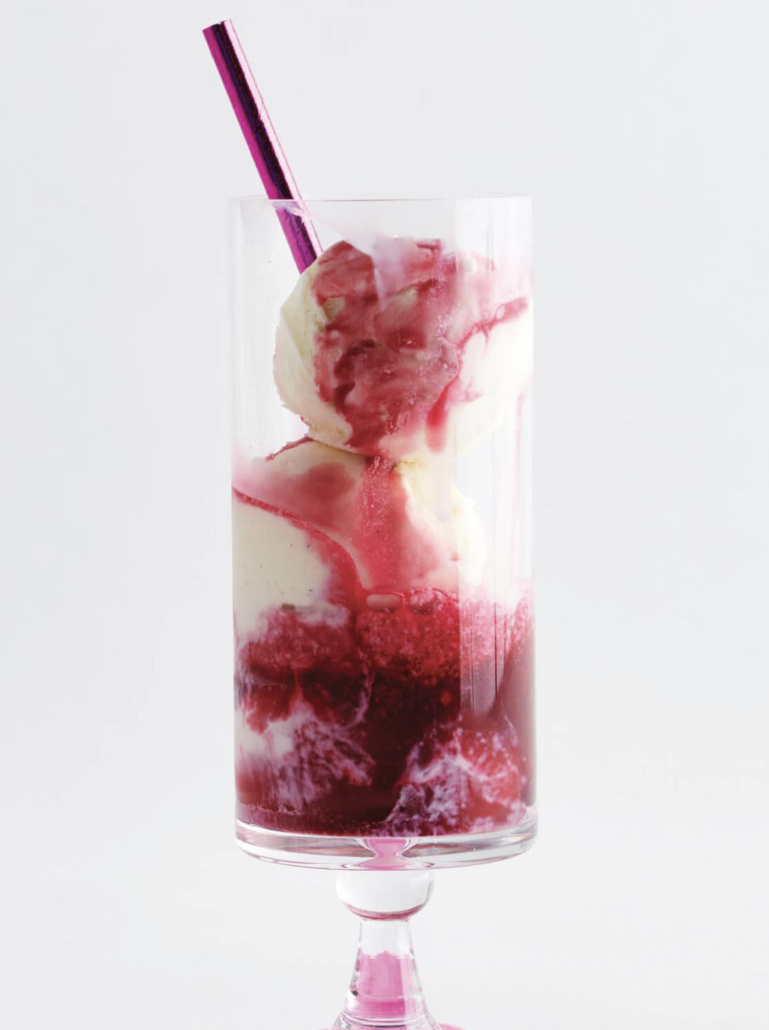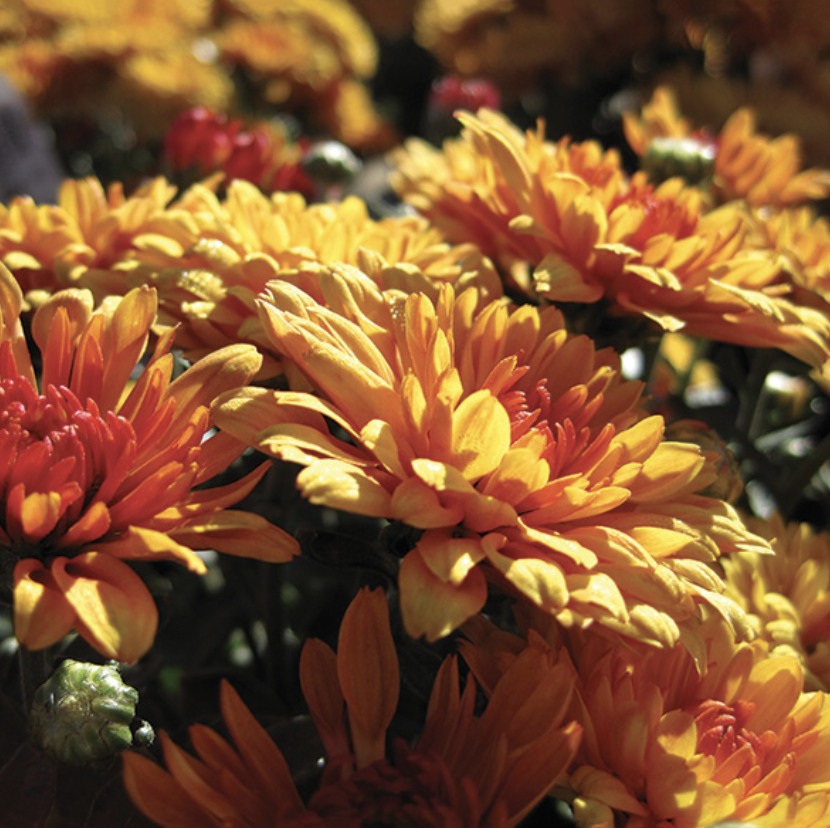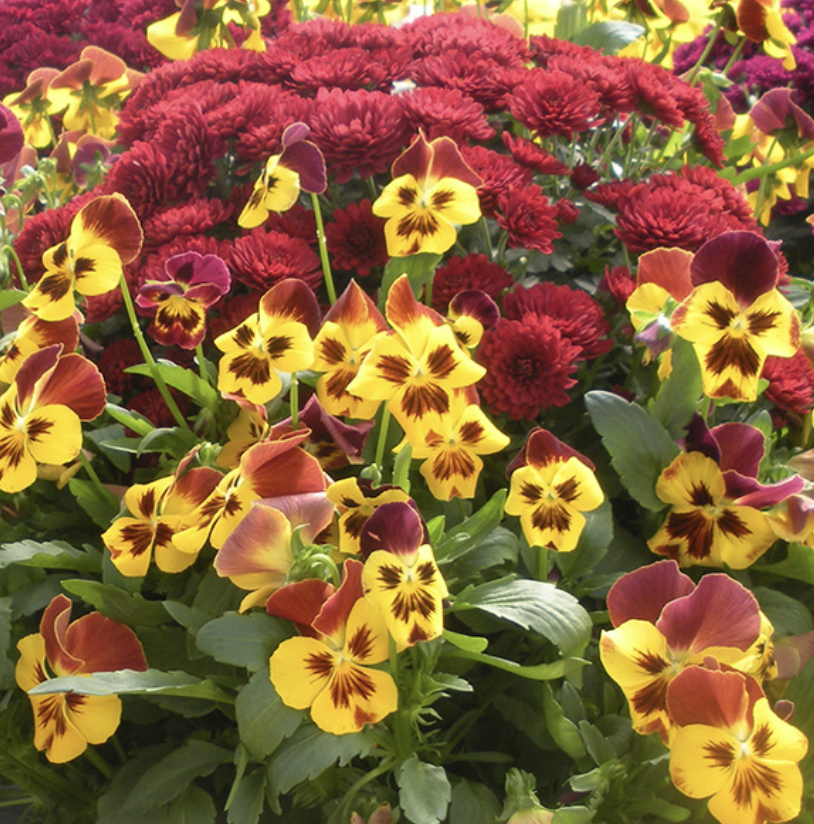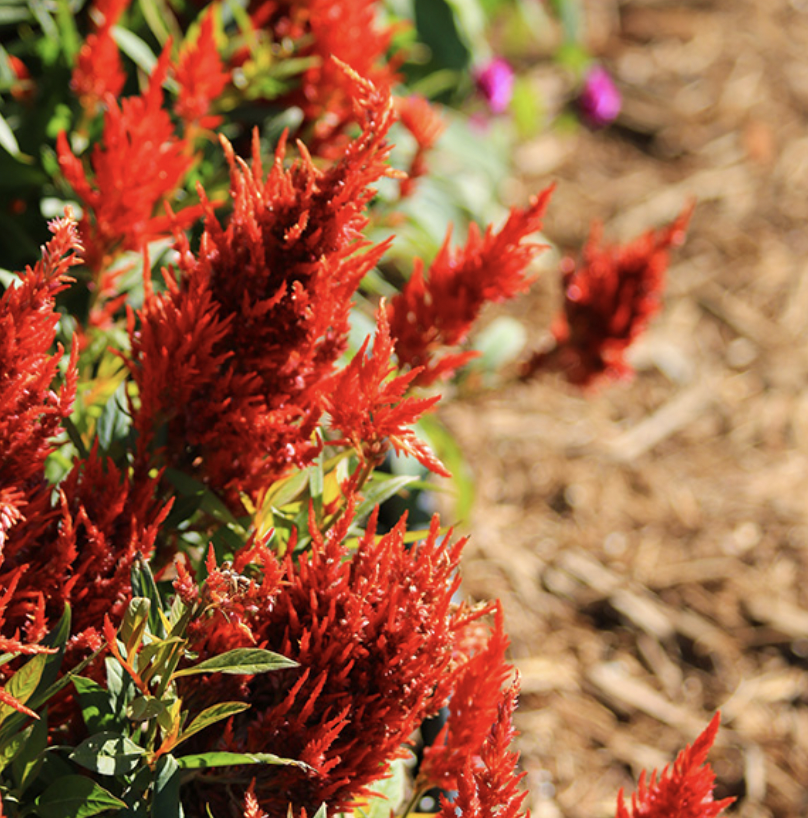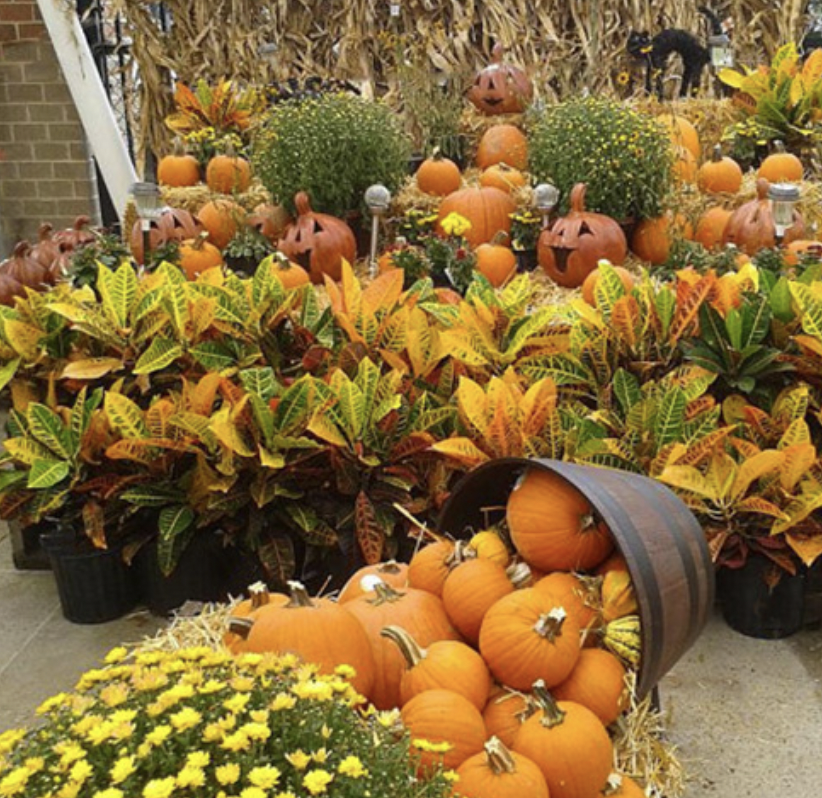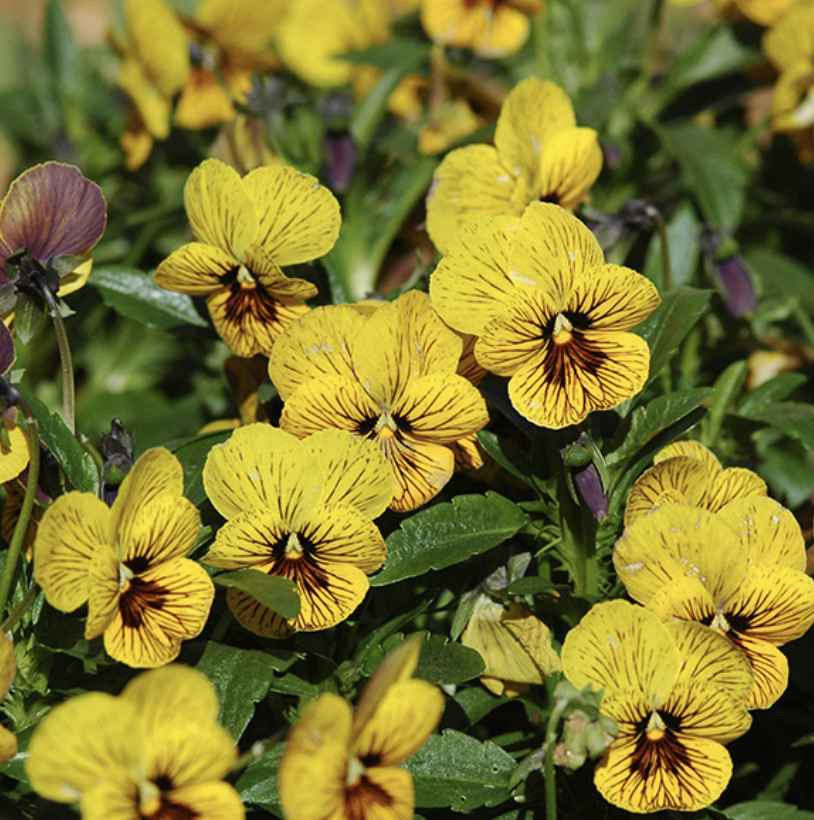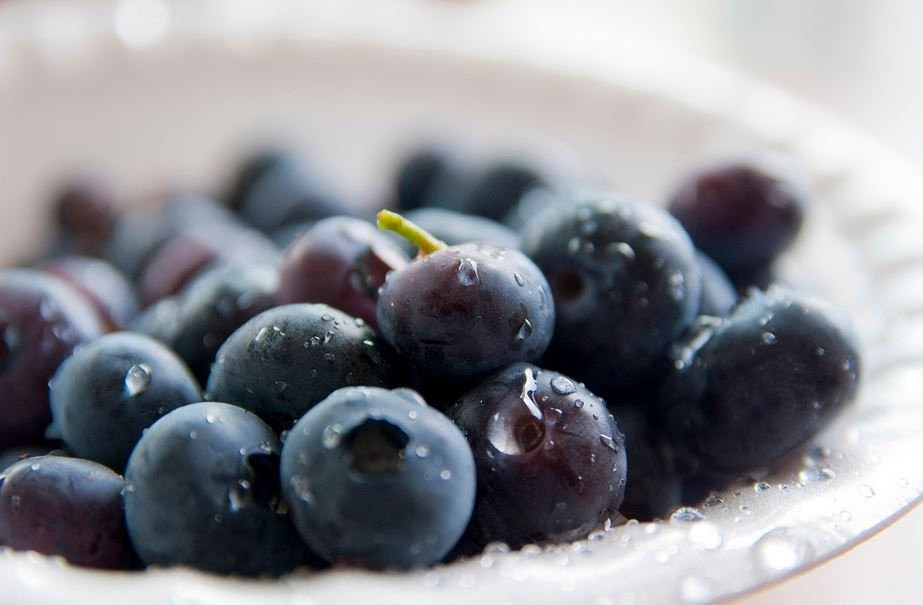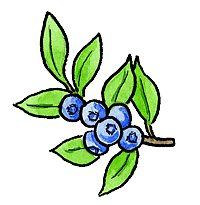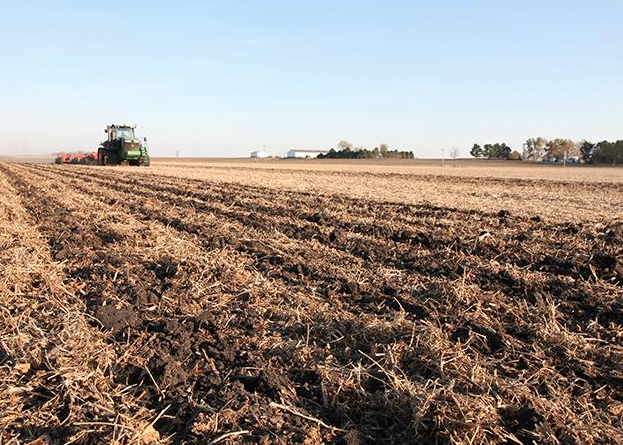This popular ingredient gives a whole new meaning to flower power.
Everyone is looking for bigger, bolder flavors, and hibiscus delivers: The electric pink flower is boldly floral and unmistakably tangy, and we’ve all become obsessed. “The taste is a showstopper—like the fabulous dress at a party everyone notices,” says Suzy Badaracco, president of food trend forecaster Culinary Tides, Inc. While the tart, citrusy flowers have been a popular ingredient in tea and cocktails forages,Google searches for hibiscus drinks have doubled in the past year, and chefs are adding the flavor to everything from appetizers to desserts: Hibiscus mentions on restaurant menus have risen 24 percent over the past few years. You’ll also find it all over the grocery store—in yogurt, goat cheese, sparkling water and sorbet, to name a few. Bonus: It’s full of vitamin C and other antioxidants. Taste it for yourself in one of these pretty pink recipe — Carol Lee
HIBISCUS-LEMON MINI BUNDT CAKES
ACTIVE 45 min l TOTAL: 2 hr l MAKES: 6
1½ cups all-purpose flour, plus more for dusting
1 teaspoon baking powder
½ teaspoon salt
1 cup granulated sugar
4 teaspoons lemon-hibiscus tea leaves (from about 4 tea bags), crumbled with your fingers
1 tablespoon finely grated lemon zest, plus 2 tablespoons lemon juice (from about 1 large lemon)
1¼ sticks (10 tablespoons) unsalted butter, at room temperature
2 large eggs
2 teaspoons pure vanilla extract
¾ cup sour cream
Cooking spray
2 cups confectioners’ sugar
Jarred hibiscus flowers in syrup, chopped, for topping, plus 2 tablespoons syrup
1. Preheat the oven to 350°. Whisk the flour, baking powder and salt in a medium bowl. Beat the granulated sugar, crumbled tea leaves and lemon zest in a large bowl with a mixer on medium-high speed until well combined, about 1 minute. Add the butter and beat, scraping down the bowl, until light and creamy, 3 to 5 minutes. Beat in the eggs one at a time until combined, then beat in the vanilla. Reduce the mixer speed to low and beat in the flour mixture in 3 batches, alternating with the sour cream. Increase the speed to medium high and beat until smooth.
2. Spray a 6-cup mini bundt pan generously with cooking spray and dust with flour, shaking out any excess. Evenly divide the batter among the cups, filling each about two-thirds of the way. Bake until the cakes are golden on top and spring back when gently pressed, 27 to 32 minutes. Transfer the pan to a rack and let the cakes cool about 10 minutes, then remove the cakes to the rack to cool completely.
3. Meanwhile, whisk the confectioners’ sugar, lemon juice and hibiscus syrup in a medium bowl until smooth and spreadable. (The glaze should be thick; if it’s too stiff, thin with a few drops of water.) Spoon the glaze over the cakes, letting it drip down the sides. Top with some chopped hibiscus flowers. Let set, at least 20 minutes.
HIBISCUS-GINGER ICE CREAM FLOAT
ACTIVE: 25 min l TOTAL: 1 hr 25 min l MAKES: 1 drink (plus extra syrup)
1. Make the syrup: Combine the hibiscus, sugar, ginger and 1 cup water in a medium saucepan. Bring to a simmer over medium heat, stirring to dissolve the sugar, and cook for about 1 minute.Remove from the heat and let cool, then refrigerate until cold, at least 1 hour.
2. Strain the syrup through a fine-mesh sieve into a liquid measuring cup or storage container; discard the solids. (The syrup will keep for 2 to 3 weeks in a sealed container in the refrigerator.)
3. Make the float: Add the ice cream to a tall glass. Pour 3 tablespoons of the hibiscus syrup over the ice cream. Slowly pour in the seltzer, giving the foam a few seconds to subside.


